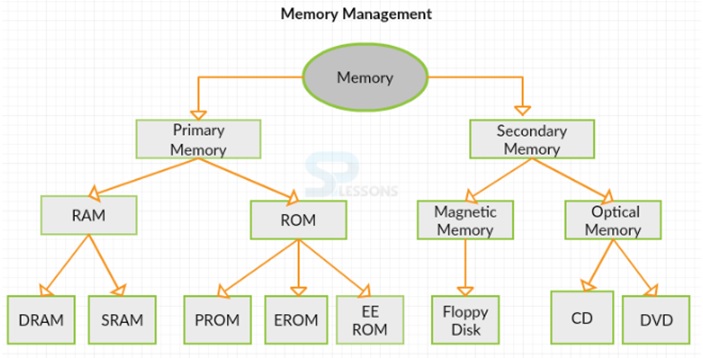
At any given time, only one process is in running state.Ĥ.Waiting : The process is suspended from execution, waiting for some system resource, such as I/O.ĥ.Exit : The process has terminated and will be destroyed by the operating system. The process is being executed by the processor. The process is ready to execute and is waiting access to the processor. The operating system will initialize the process by moving it to the ready state. As resources become available, then the process is placed in the ready queue.Īt any given time a process may be in one of the following five states.Ī program is admitted to execute, but not yet ready to execute. When a process starts to execute, it is placed in the process queue and it is in the new state. There are five defined state of a process as shown in the figure below. Thus, even with multiprogramming, a processor could be idle most of the time.ĭue to the speed mismatch of the processor and I/O device, the status at any point in time is reffered to as a state. But the processor is so much faster then I/O that it will be common for all the processes in memory to be waiting for I/O. When memory holds multiple processes, then the process can move from one process to another process when one process is waiting. Thus memory needs to be allocated efficiently to pack as many processes into main memory as possible. If only a few process are in memory, then for much of the time all of the process will be waiting for I/O and the processor will idle. The task of subdivision is carried out dynamically by opearting system and is known as memory management.Įfficient memory management is vital in a multiprogramming system. In a multiprogramming system, the user part of memory is subdivided to accomodate multiple process. In a uni-programming system, the program currently being executed is loaded into the user part of the memory. The program currently being executed by the CPU is loaded into the user part of the memory.

One part is reserved for operating system. The operating system is mainly memory resistant, i.e., the operating system is loaded into main memory.ĭue to that, the main memory of a computer is divided into two parts. Many more functions or instructions are implemented through software routine. So operating system is viewed as extended machine. Collection of such software programs are basically known as operating systems.

Therefore some of the tasks are performed by software program. On the otherhand, everything cannot be implemented in hardware, otherwise the cost of system will be very high. Therefore, memory management is an important issue while designing a computer system. First of all we have to keep all the information in some storage, mainly known as main memory, and CPU interacts with the main memory only.
The main working principle of digital computer is Von-Neumann stored program principle.


 0 kommentar(er)
0 kommentar(er)
